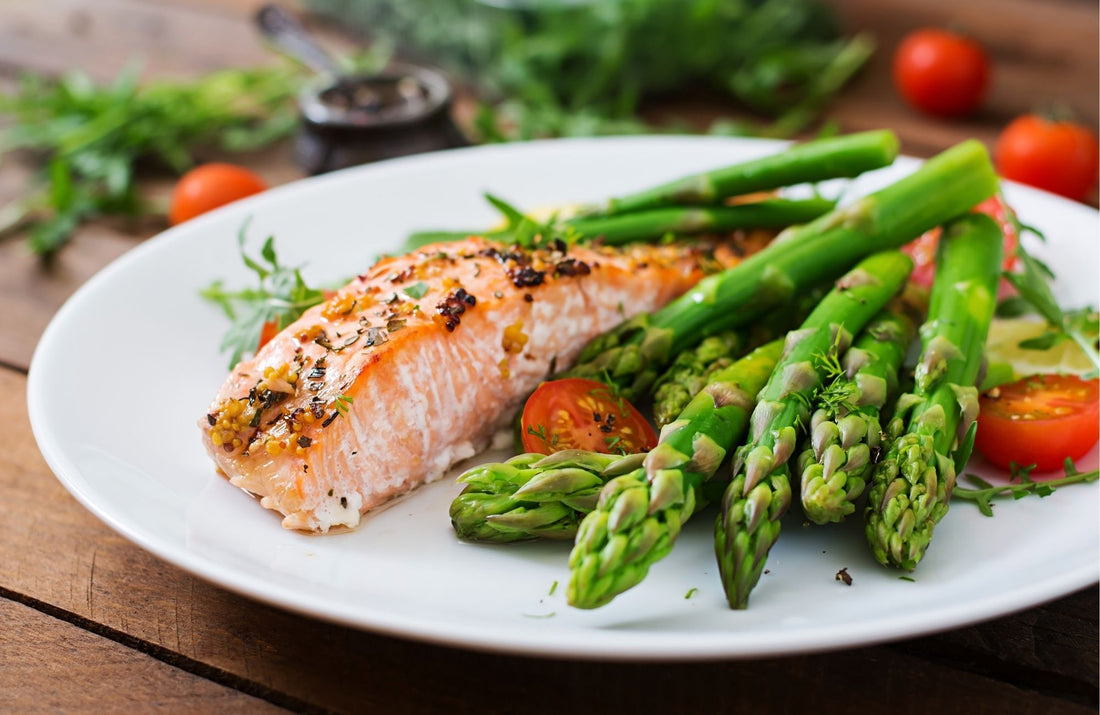Are you preparing your asparagus correctly?
Every year we look forward to the asparagus season, but how do we prepare asparagus properly?
Here in my little asparagus guide we explain the most common ways to prepare asparagus properly.
How to grill asparagus, how to cook asparagus, how to prepare green asparagus, how to prepare white asparagus, how to make salads with asparagus, all with the expertise of a cook with years of experience.
In addition to the different ways of preparing asparagus, we also get to the bottom of the hollandaise sauce and make the best and simplest version of it.
Preparation of the asparagus:
- Firstly, you should wash the asparagus to remove any residue.
- One trick to find the woody part is to bend the asparagus slightly. It will break at the point where the woody part ends.
- Then peel the asparagus at the lower half, the upper part does not need to be peeled.
- This makes it more tender and cooks it more evenly.
How to cook asparagus?
- Bring a large pot of water, 1 pinch of salt, 1 pinch of sugar and a dash of lemon juice to boil.
- Carefully place the prepared asparagus in the boiling water.
- Cook the asparagus for approx. 4-8 minutes (depending on the thickness of the asparagus spears) until tender but still crunchy.
- Use tongs or a ladle to remove the cooked asparagus from the water and rinse in ice water.
How to grill asparagus?
- Heat the grill or a normal pan to medium-high heat.
- Rub the asparagus with a little oil.
- Place the prepared asparagus in the hot pan. Make sure that the spears are not overcrowded so that they can cook evenly.
- Fry the asparagus for about 5-9 minutes, turning occasionally with tongs, until tender and lightly browned in colour.
- Finally, add a little butter, lemon juice, salt and freshly ground pepper.
- If you are cooking it in the pan, you can also place the lid on the pan to steam the asparagus and reduce the cooking time.
- This will make the asparagus extra tender.
Can you eat raw asparagus?
Raw asparagus is great as an ingredient in salads, where it provides a crunchy texture and fresh flavour.
You can also use thinly sliced raw asparagus as a garnish for soups, pasta or risotto to add extra texture and fresh flavour.
When using raw asparagus in salads, slice it thinly and marinate it well to make it easier to digest.
Just be careful not to eat too much raw asparagus at once as this can lead to digestive problems.
The difference between white and green asparagus
Cultivation and harvesting:
- Green asparagus is grown above ground and grows through photosynthesis, which gives it its characteristic green appearance.
- White asparagus is grown underground and shielded from light to prevent the formation of chlorophyll. This keeps it pale and white in colour.
Flavour and texture:
- Green asparagus often has a stronger flavour and a slightly firmer texture compared to white asparagus.
- White asparagus tends to be more delicate and milder in flavour as it contains fewer bitter substances.
Preparation:
- Both types of asparagus can be prepared in similar ways, whether boiled, roasted, grilled or raw in salads.
- White asparagus often requires slightly longer cooking or steaming as it can be thicker and has a more delicate texture.
Whether asparagus risotto, asparagus pasta, asparagus soup, classic asparagus with hollandaise sauce and ham or grilled as a side dish. This seasonal vegetable is rich in vitamins and fibre and doesn't need much except a little love, salt, pepper, butter, lemon juice and 5-10 minutes cooking time.











